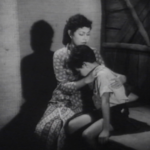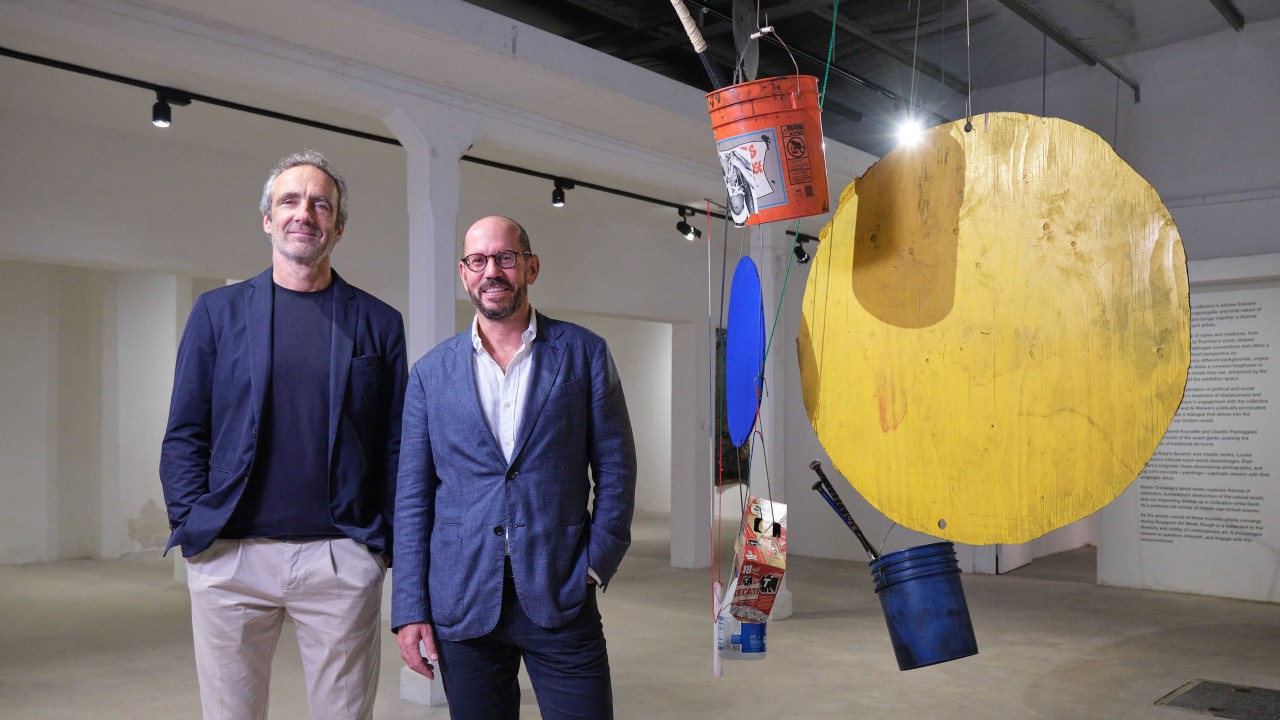Kodak
2019 - Film & Video (Film & Video)
33:19 minutes
Andrew Norman Wilson
In Andrew Norman Wilson’s work Kodak the artist uses computer-generated imagery to create narratives that question the reliability of images in the age of post-production. The artist creates disturbances in typical notions of time and space to highlight the existential terror of humans trying to make sense of their memories and perception in the 21st century. On its surface, Kodak questions how improvements in digital imagery have affected the analog film industry, but it also showcases the consequences for how humans relate to their memories. The artist tells the story of a fictional man named Rich, a former employee of the Kodak photography company. Through a visual collage of old Kodak advertisements, the artist’s family photos, and CGI animation, the audience learns more about Rich, who was blinded in a workplace accident and lost his family due to his divorce. The work takes inspiration from Wilson’s own autobiographical story, as his father worked at Kodak for many years as a film technician before getting fired, and often alongside blind individuals who were specially hired to work in darkrooms due to their strong sensorial skills. The viewer follows Rich as he goes through a library’s archive of audio recordings made by Kodak’s founder, George Eastman, recalling the history and development of the company. The jellyfish—the earliest animal known to collect and remember information about its surroundings through its complicated nerve system—acts as an important symbol and metaphor for the work. Similar to the jellyfish, Rich helplessly tries to preserve knowledge of his own memories in an analog form which is out-of-date. The work ends with a 3D animation sequence in which Rich’s schizophrenic delusions are depicted within an apocalyptic scenario. This marks the inescapable realities of the age of digital post-production in which belief and memory can be easily manipulated. This work questions the current state of human memory, investigating new technologies used for its documentation, to problematize its relationship to capitalism and innovation in technology.
Andrew Norman Wilson is an artist, curator, and filmmaker whose practice is mostly based in research and documentary. His works—ranging from videos, sculptures, drawings, and performance lectures, to photography and mixed-media—investigate and critique the aesthetics and inequalities of the corporate world and the myths of technology. He often explores the effects of globalization in the realms of labor, capital, and information, highlighting cases that involve misconduct. The aesthetics of his work often knowingly employ the same digital mechanisms produced by the corporate systems he critiques. Gaining access to and exposing the internal systems of corporations is a key element for the artist’s earlier work. His most well known work that investigates these themes is Workers Leaving the Googleplex (2011). In his most recent works, Wilson has taken an interest in nonhuman entities, including mosquitos, dinosaurs, puppets, and oil pumps—using them as stand-ins for humans to explore human morality from a more “objective” perspective. They are often presented in endless loops to break the linearity of a traditional model of time, in which past, present, and future follow each other in a consecutive fashion.
Colors:
Related works sharing similar palette

© » KADIST
Tanatchai Bandasak
2019Central Region by Tanatchai Bandasak is a meditation on materiality and time-based media centres on the mysterious, prehistoric ‘standing stones’ of Hintang in Northern Laos: little-studied megaliths which have survived thousands of years of political change and the cataclysmic carpet-bombing of Laos by the United States during the Cold War...

© » KADIST
Karan Shrestha
2017After the decade-long conflict (1996-2006) that ended with Nepal becoming a Federal Democratic Republic, political unrest and weak governance continued to mark the country’s future as daily life repeatedly witnessed ruptures...

© » KADIST
Hyunjin Kim on Frequencies of Tradition Wednesday, April 6, 2022, 7.30 pm at California College of the Arts Hyunjin Kim, KADIST’s former Lead Curator for Asia (2017-2020), will discuss Frequencies of Tradition , the culmination of an eponymous series of exhibitions and programs initiated by KADIST in 2018...

© » SLASH PARIS
Gildas Le Reste — & Guests — Catherine Putman Gallery — Exhibition — Slash Paris Login Newsletter Twitter Facebook Gildas Le Reste — & Guests — Catherine Putman Gallery — Exhibition — Slash Paris English Français Home Events Artists Venues Magazine Videos Back Previous Next Gildas Le Reste — & Guests Exhibition Drawing, print, painting Gildas Le Reste, Notes de voyage #1, 2023 Ink on paper mounted on canvas Gildas Le Reste & Guests Ends in 27 days: January 27 → March 9, 2024 Galerie Catherine Putman has pleasure in making a double invitation to Gildas Le Reste as both artist and exhibition curator...

© » KADIST
Melvin Moti
2015Cluster Illusion examines the brain’s tendency to recognize a pattern as something abstract...

© » ANOTHER
The Story Behind Iconic 90s Images of Cameron Diaz, Heath Ledger and More | AnOther As his new exhibition opens in Milan, Michel Haddi tells us the story behind some of his most famous images of Gwyneth Paltrow, Kate Moss, Janet Jackson and more December 11, 2023 Text Gary Grimes Michel Haddi , the legendary French-Algerian fashion photographer, is a big believer in the importance of first impressions...

© » KADIST
Société Anonyme: Week 5 March 3 – 16, 2008 Saturday, March 8, from 6 – 9 p.m Presentation of “Art conceptuel, une entologie” (Editions MIX, edited by Gauthier Herrmann, Fabrice Reymond & Fabien Vallos) “Art Conceptuel, une entologie” is a collective translation experience of 278 conceptual artworks, most of them available for the first time in French...

© » KADIST
Lala Rašcic
2018In Greek mythology, Arachne was a talented mortal weaver who challenged Athena, goddess of wisdom and crafts, to a weaving contest; this hubris resulted in her being transformed into a spider...

© » ARTS EQUATOR
Celebrating the monstrous other: "Anak Pontianak" and "Nobody" at LumiNation | ArtsEquator Thinking and Talking about Arts and Culture in Southeast Asia Articles Courtesy of The Filmic Eye August 5, 2019 By ila (1,100 words, 6-minute read) The year is 2049: two hundred years since the Pontianak first appeared in writing, marked insignificantly in Hikayat Abdullah as residues of superstitious and foolish beliefs of the Chinese and Malays that have persisted with time...











